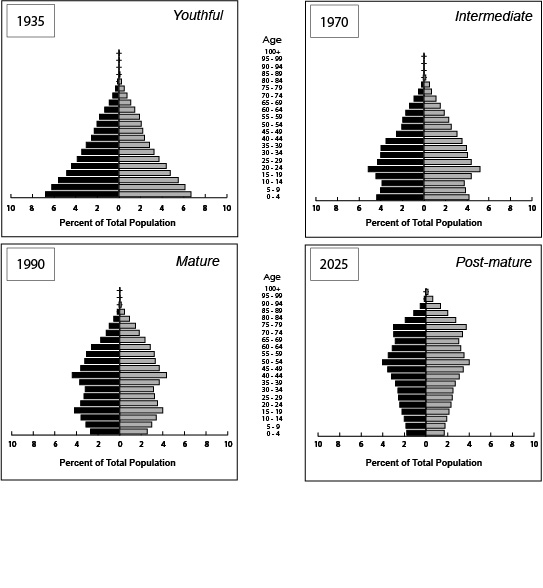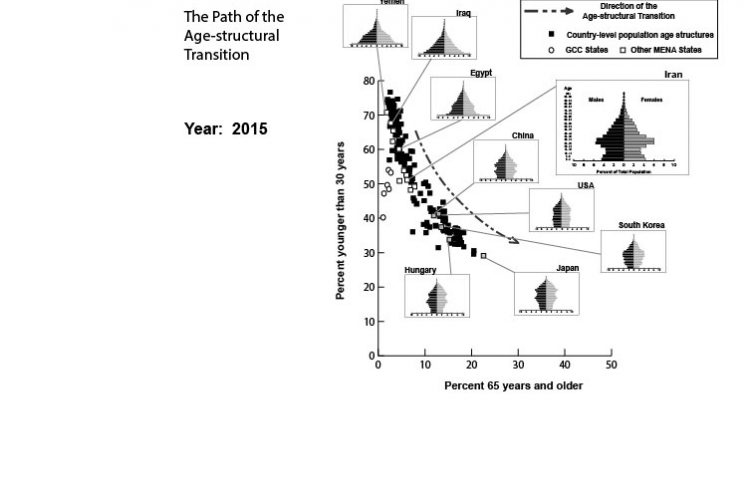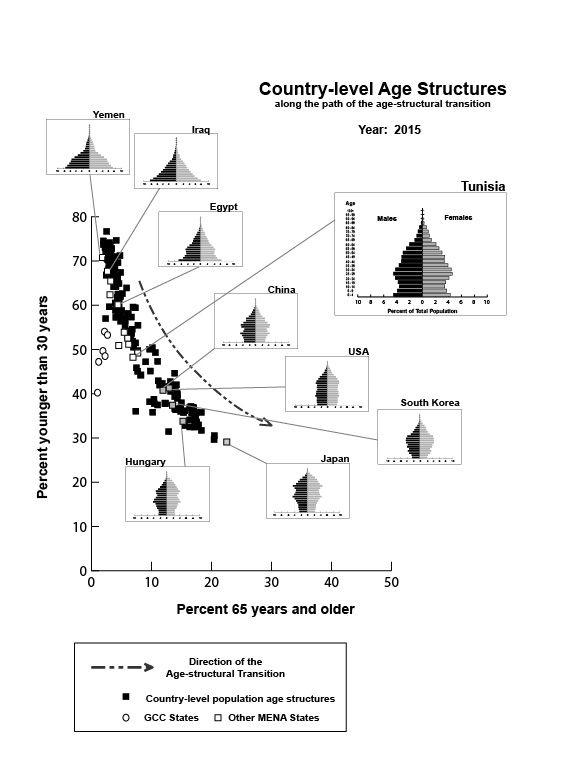
“Population Age Structure: The Hidden Factor in COVID-19 Mortality”
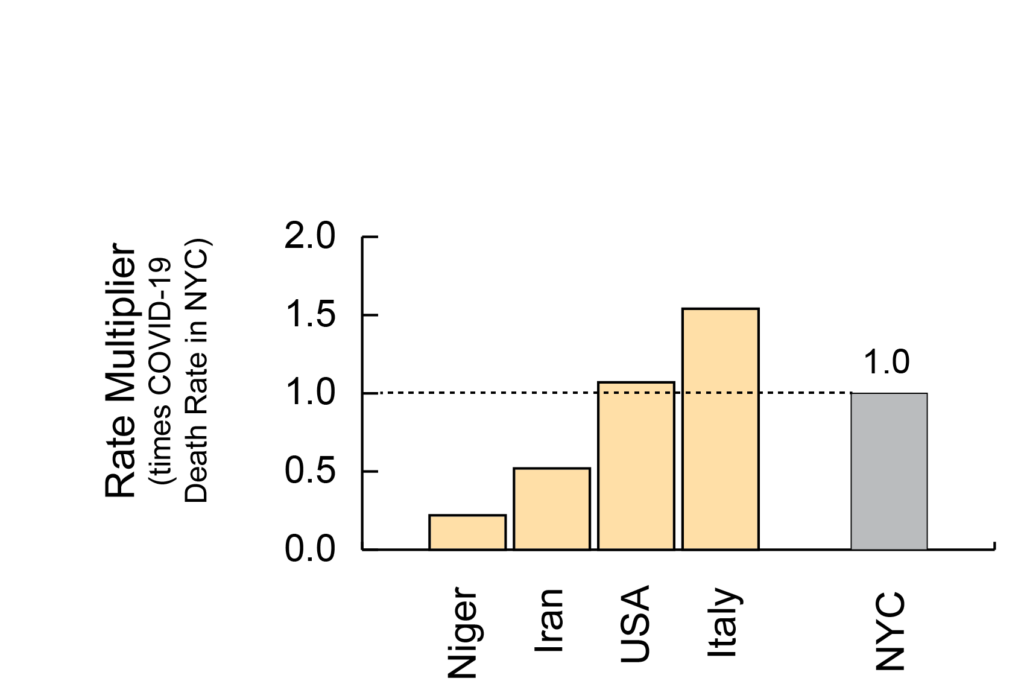
Figure. Relative age-structural vulnerability to COVID-19 mortality
Applying New York City’s (NYC’s) COVID-19-related age-specific mortality rates to a country’s population age structure produces an estimate of the expected countrywide mortality, relative to NYC at a similar level of prevalence.
Until several months ago, demographers regarded a youthful age structure as an unequivocally detrimental demographic characteristic. Where more than half of the population is younger than age 25, countries are unable to attain high levels of economic and human capital development and face an increased risk of some forms of civil conflict. Yet, so far, during the ongoing pre-vaccine stage of the COVID-19 pandemic, the most age-structurally mature countries have been hardest hit by the disease. These countries are generally urbanized, wealthy, well-educated, and include a large proportion of seniors. And, somewhat surprisingly—despite being equipped with advanced medical technologies—these countries are experiencing the highest rates of mortality from complications related to COVID-19. See more …
To view the rest of this brief article, go to its New Security Beat site, or download the essay here.

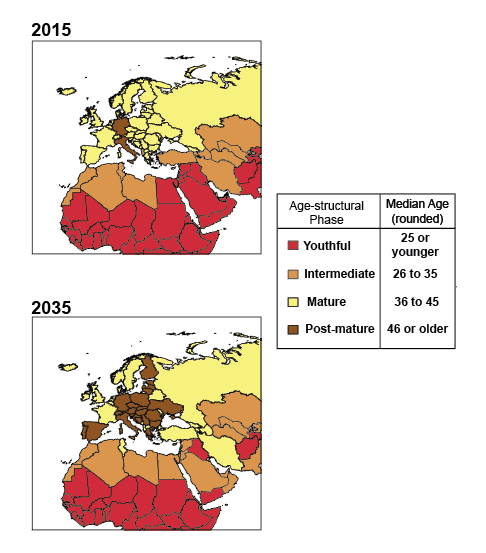
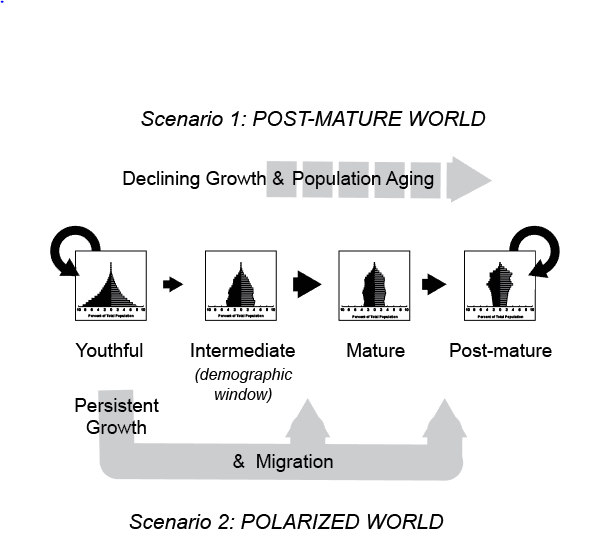
 Read “
Read “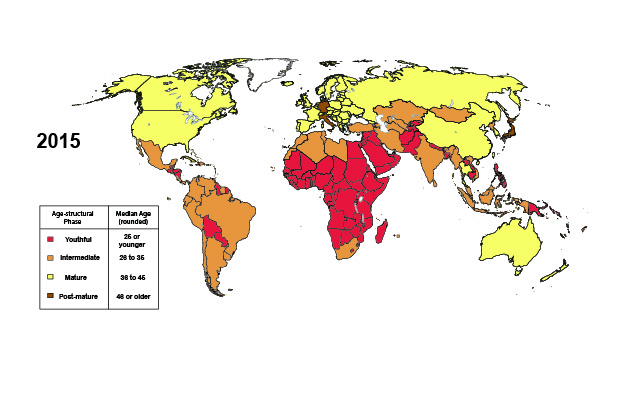 r of children that women are bearing over their reproductive lifetime). The second most influential factor has been increasing longevity. Not all trends associated with modernization, however, contribute to aging. Declines in childhood mortality have served to slow aging’s pace or make it retreat, as have waves of youthful immigrants (until the immigrants themselves age) and occasio
r of children that women are bearing over their reproductive lifetime). The second most influential factor has been increasing longevity. Not all trends associated with modernization, however, contribute to aging. Declines in childhood mortality have served to slow aging’s pace or make it retreat, as have waves of youthful immigrants (until the immigrants themselves age) and occasio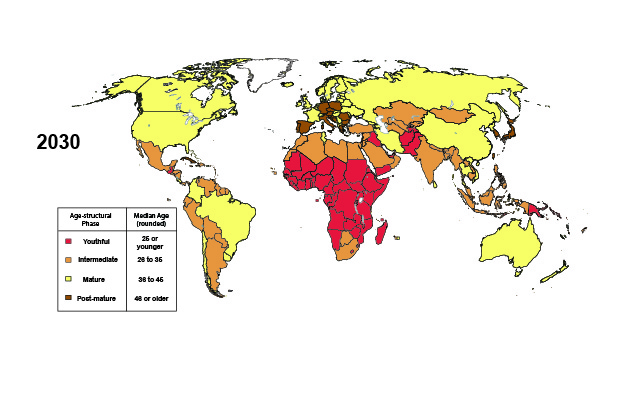 ong “saver” societies).
ong “saver” societies).